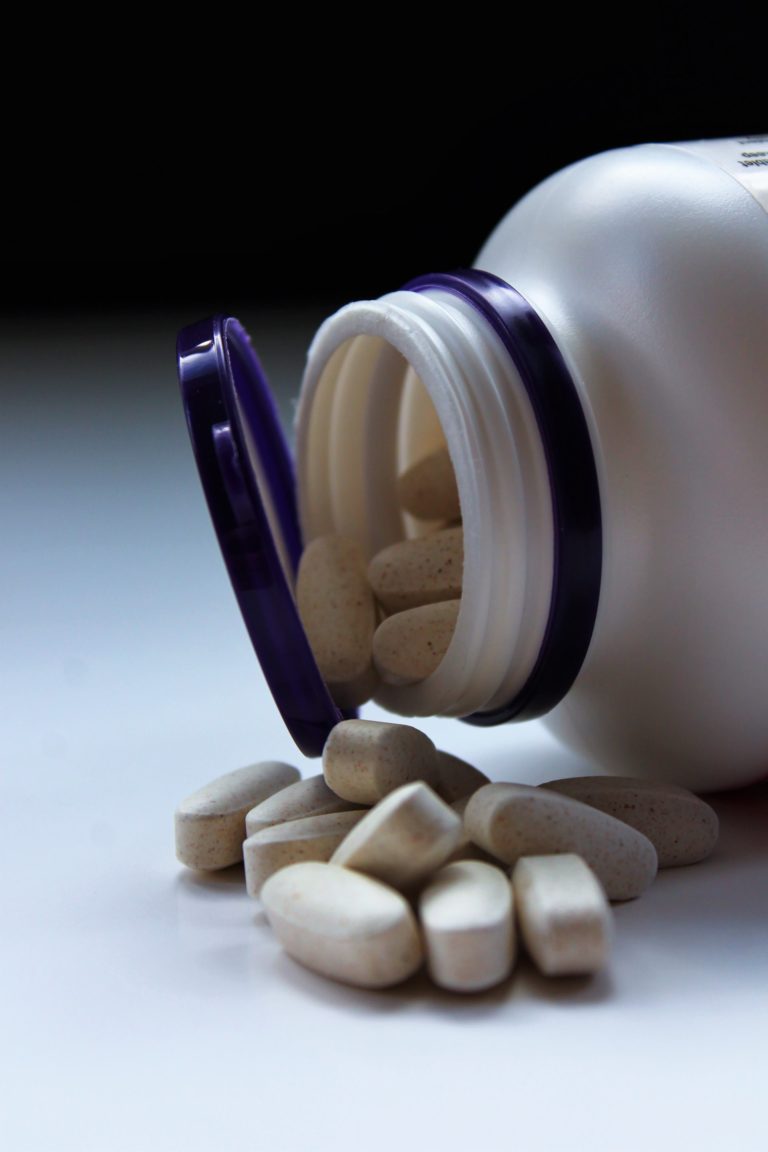Water damage on walls can be caused by many things such as a broken pipe, a leaking roof, or flooding. It’s important to fix water damage as soon as possible to prevent further damage to the walls or the structure of your home. If there is significant damage on your walls, you may need to do an online search for “water damage on wall” and call a professional for assistance. Below are some tips in case you decide to fix it yourself.
Determine the source of the water.
Water damage can be caused by a variety of things, including leaky pipes, overflowing toilets or sinks, or rainwater. The first step in fixing water damage on walls is determining the source of the water. Once the source has been identified, it can be fixed and the water damage repaired. If the wall is drywall, it may need to be replaced if it is severely damaged. If the wall is made of a different material, it may only need to be patched up.
Seal the walls.
Water damage can cause a lot of problems in your home, but it’s not always easy to see. One common place you might find water damage is on your walls. If you have water damage on your walls, you need to take steps to fix it as soon as possible.
The first step is to seal the walls. This will help prevent any further water from entering the walls and causing more damage. You can do this by using a sealant or waterproofing membrane. Be sure to read the instructions carefully so that you apply the sealant correctly.
Repair any damage.

Once the walls are sealed, you need to repair any damage that has been caused by the water. This might include repairing cracks in the wall, replacing drywall, or fixing plumbing leaks. Be sure to use high-quality materials and follow all of the manufacturer’s instructions when making repairs.
You will need to make sure that they are water-tight again to prevent any further damage from happening. Here is how you can do it:
Remove all of the wet or damaged materials from the wall. This includes drywall, insulation, and anything else that may have been affected by the water.
Cut out a section of the wall that is larger than the area that was damaged. Make sure to cut out enough so that you can replace the damaged material with new material.
Replace the damaged material with new material. You can use drywall, insulation, or anything else that you may need to fix the wall.
If you haven’t already done so, seal off any openings where water may be able to get through. This includes cracks in the wall, holes in the wall, and any other openings that you may find.
Prevent future water damage.

Once you have repaired all of the damage, be sure to take steps to prevent future water damage. This might include installing a gutter system, fixing plumbing leaks, or using a dehumidifier in your home.
Dry the affected area.
If the water damage is on a wall, you need to dry the area as soon as possible. Start by removing any wet insulation or debris. If the wall is concrete, use a hammer and chisel to break away any damaged areas. Once the area is dry, you can repair it with a concrete patch kit. If the wall is made of wood, use a drill to remove any damaged areas. Then, using a saw, cut new pieces of wood that are slightly larger than the damaged areas. Nail these pieces into place and then sand them down until they are smooth. Finally, paint over the patched area to match the rest of the wall.
Water damage can cause a lot of problems in a home, and it is important to fix it as soon as possible. Water can damage walls, floors, furniture, and other belongings in a home. It is important to fix water damage on walls to prevent further damage and to ensure the safety of the home.




